VW makes progress towards CO2 target
In August 2024, Dataforce took a detailed look at the challenges and possible strategies for the European automotive industry in connection with the EU’s CO2 regulation. The analysis company has now provided an update: compared to 2024, eight of the ten leading brands have been able to reduce the gap to their targets. With a reduction of 13 g/km, VW has made the greatest progress, but is only halfway there: although the Wolfsburg-based company has come a long way from exceeding the 25 gram target, it still needs a further reduction of 12 g/km – VW is still above its targets by this amount.
On the other hand, Renault, BMW, Kia and Toyota have already reached the finish line. In the evaluation from the summer of 2024, these four manufacturers were already closest to their target line with an exceedance of seven to nine grams of CO2 per kilometre. Renault has improved by nine grams/kilometre and is already one gram below the target value. BMW and Kia improved by seven and nine grams, respectively, and are therefore right on target according to Dataforce, while Toyota is within reach with a difference of just one gram.
Not all manufacturers developed so positively: in 2024, the Stellantis subsidiary Peugeot was virtually on a par with Kia and Toyota (then nine grams), with a value of ten grams in excess. While the two competitors have now reached their target, the French brand has only minimally reduced its overshoot to nine grams. Audi was also only able to improve by one gram and, with an excess of 30 grams of CO2 per kilometre, still brings up the rear in the comparison.
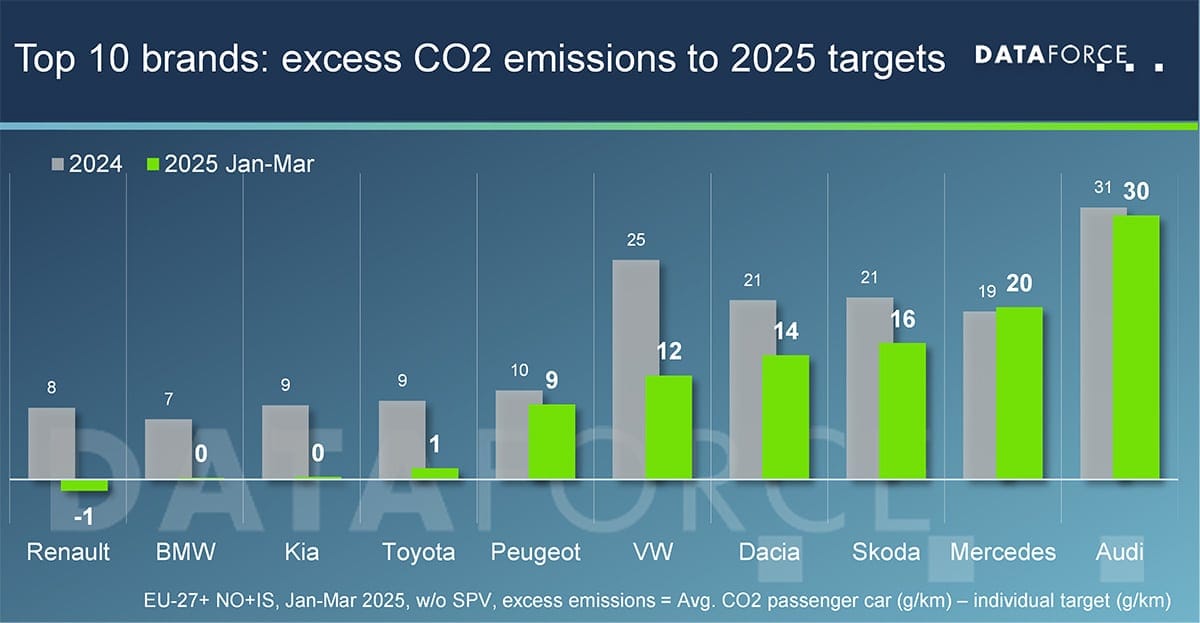
In absolute terms, Audi’s premium competitor, Mercedes, is in a slightly better position with an excess of 20 grams. However, the Stuttgart-based company is the only manufacturer for which the excess has increased since August 2024 – at that time, Dataforce calculated a difference of 19 grams for Mercedes. So the brand with the three-pointed star is heading in the wrong direction, at least for the time being.
The fact that brands such as Audi and Mercedes are so far away from their target values is also due to the new calculation methods for the CO2 values from 2025. “The basic rule is that brands with heavier cars face tighter targets (quite the opposite to the situation before 2025),” explained Dataforce. However, the CO2 values for the individual brands shown here are for illustrative purposes only. This is because the targets do not actually apply at the brand level, but per OEM group. Audi would therefore not be listed individually, but would count as part of the VW Group together with the other brands. And Renault, which is one gram below the target, would still have to compensate for Dacia’s 14-gram excess.
Dataforce notes that the trend in the EU market as a whole has “completely changed” in the first quarter of 2025 in terms of drive types. “Petrol & Diesel registrations are in decline while BEVs are the fastest growing fuel type. The constant is the ongoing growth in full hybrid registrations,” said the market experts. However, the “BEV growth is only about half of what would have been needed to bring CO2 emissions in line with 2025 targets.” Although average CO2 emissions in March fell from 109 (2024) to 103 g/km (2025), the target of 93.6 g/km, which has been in force since January 2025, is still a long way off.
Despite the general market development, the improvement at some manufacturers and also the introduction of cheaper electric models (from the C segment onwards, some with price parity with combustion engines), Dataforce concludes that it remains a “major challenge” for most brands to achieve the required CO2 reduction targets for 2025. “The bottom line is that buyers are not switching fast enough,” Dataforce asserted.
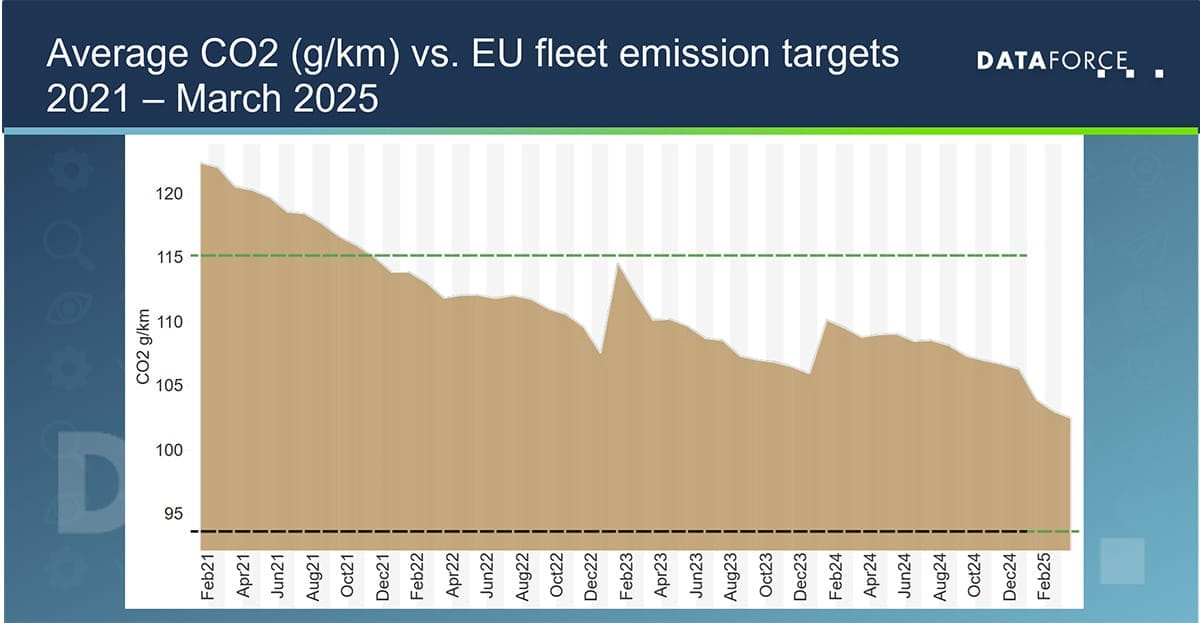
The EU’s decision to extend the target fulfilment over the three-year period from 2025 to 2027 is therefore described as a “necessary adjustment.” “It also tackles one of the main weaknesses of the EU-regulation: Huge steps down every five years with no progress in between – a challenge that is certain to resurface as the industry approaches the 2030 targets,” the press release states.
Dataforce continues to believe that the regulation introduced in May, which stipulates that manufacturers do not have to meet the CO2 targets every year, but on average over a three-year period, is an “ambitious framework for CO2 reductions.” “Automakers cannot take a break. Every gram of excess CO2 emissions they accumulate now must be compensated with emissions below the current target line,” says Dataforce. In other words, manufacturers such as Audi and Mercedes will not face any immediate penalties, but their efforts for 2026 and 2027 will have to be all the greater in order to compensate for the imminent surplus from 2025.
For further regulation over the current five-year period, Dataforce hopes for more consistency: “From Dataforce perspective, the core issue lies in the EU altering regulations midway through the transition—an action that undermines trust in long-term policy commitments and creates a sense of unpredictability, it is therefore crucial to close all revisions on 2030/2035 as fast as possible and with sufficient time before the tightenings are coming into effect.”

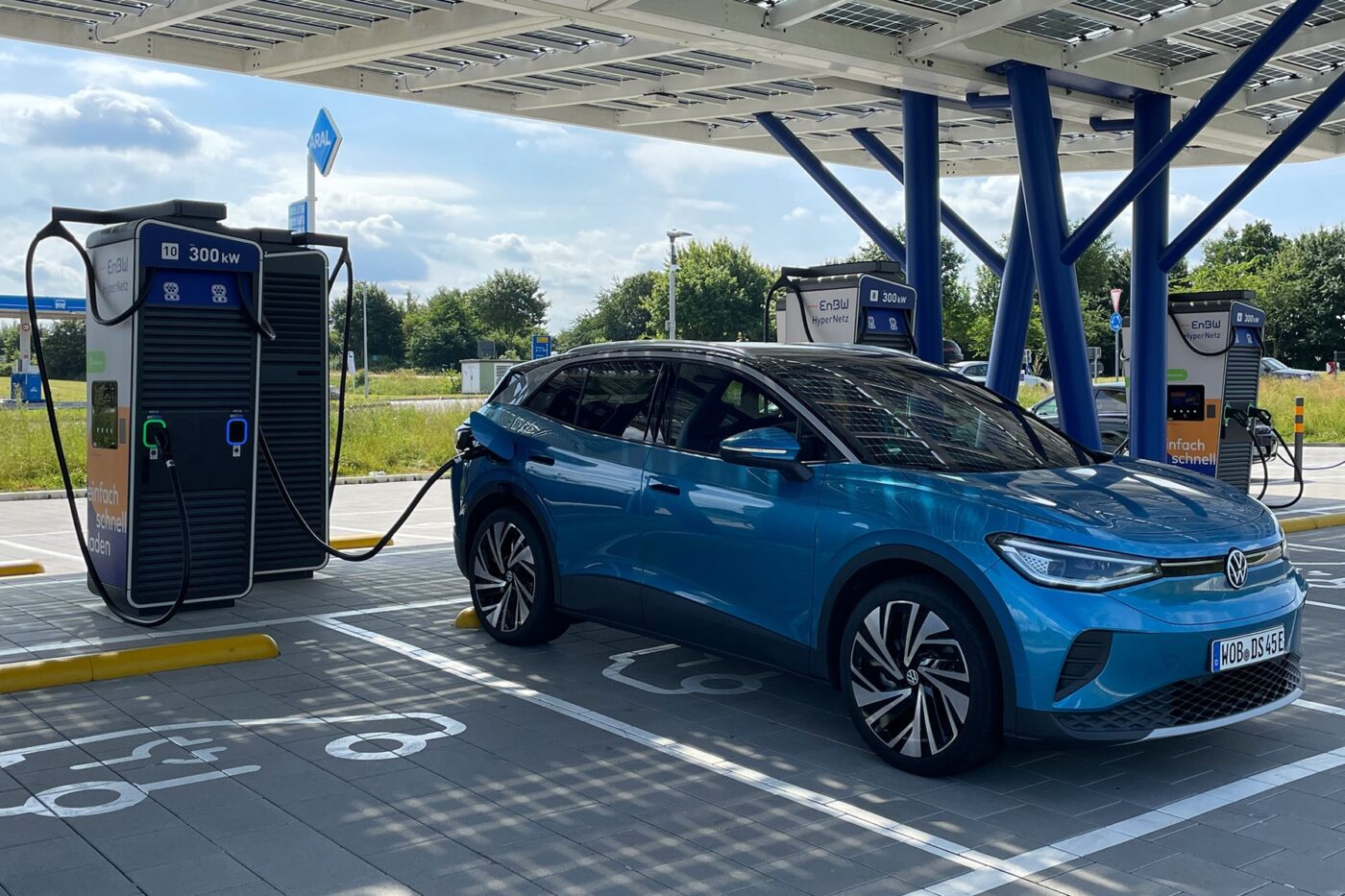

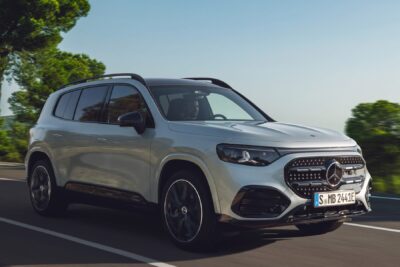
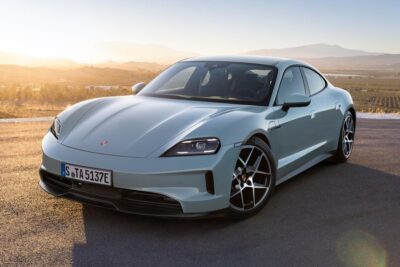
0 Comments